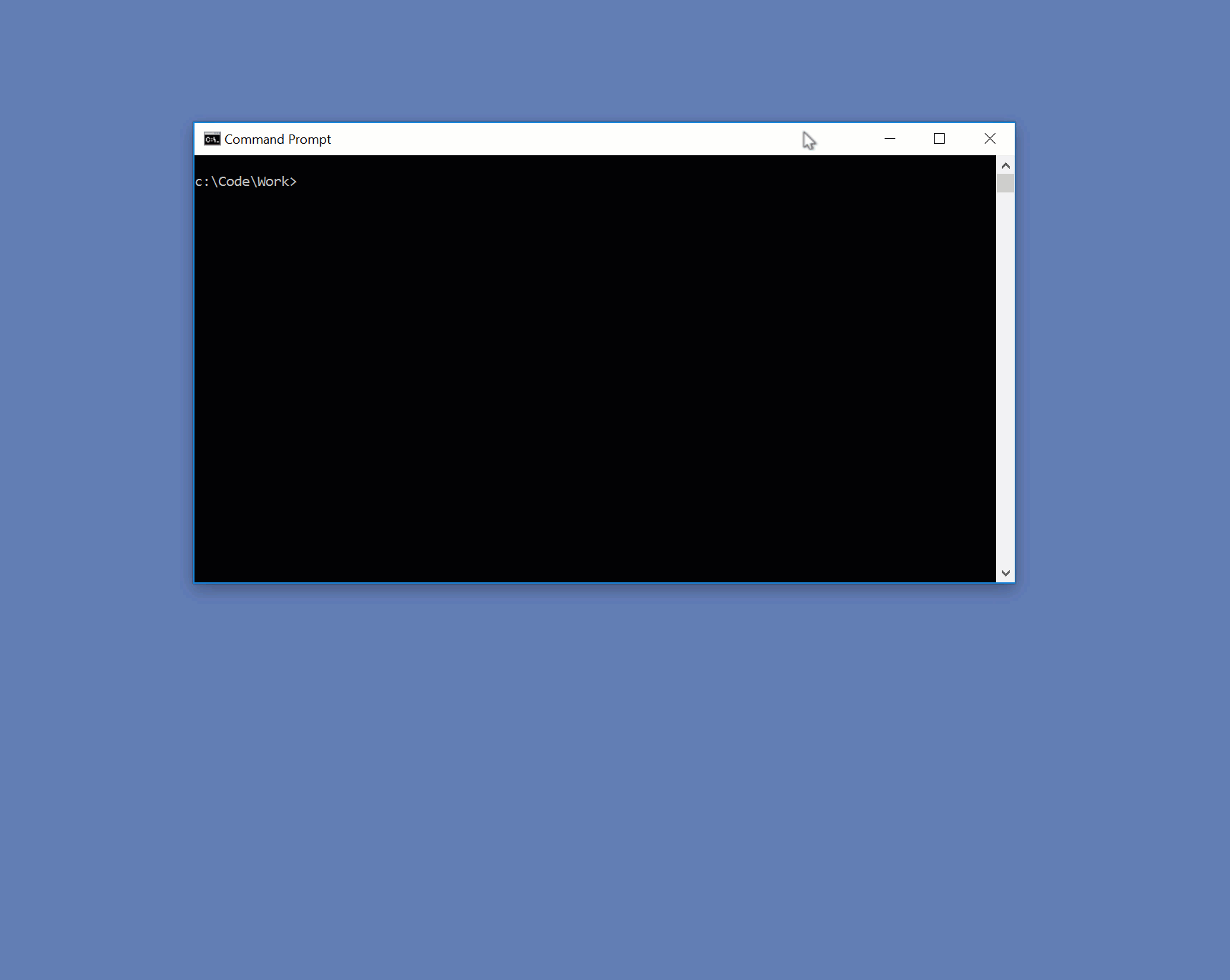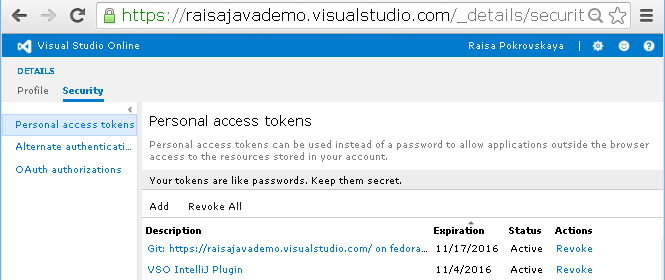

With this mechanism it will be possible to add external Prometheus compatible data sources (such as, Amazon Managed Service for Prometheus) and create Grafana dashboards in external Grafana instances (e.g., Amazon Managed Grafana) from your Kubernetes cluster. The AWS team collaborated with the grafana-operator team and submitted a design proposal to support the integration of external Grafana instances. Using Grafana Operator to manage Grafana instances using code in a Kubernetes native way, there was no mechanism to integrate Grafana services deployed outside of the cluster, such as Amazon Managed Grafana until recently. Grafana Operator enables you to create and manage Grafana resources such as dashboards and data sources, declaratively between multiple instances in an easy and scalable way. The grafana-operator is a Kubernetes operator built to help you manage your Grafana instances inside Kubernetes. Fundamentally what they need is one single API – the Kubernetes API, to control heterogeneous deployments. Many customers these days opt to offload the Prometheus and Grafana implementations to managed services and in case of AWS these services are Amazon Managed Service for Prometheus and Amazon Managed Grafana for monitoring their workloads.

We have seen customers installing AWS Controllers for Kubernetes (ACK) to create, deploy and manage AWS services. Customers have shifted their focus towards workload gravity and rely on Kubernetes-native controllers to deploy and manage the lifecycle of external resources such as Cloud resources. Kubernetes APIs are robust and its control loop mechanism allows us to control the state of resources that are even outside of Kubernetes environments.


 0 kommentar(er)
0 kommentar(er)
